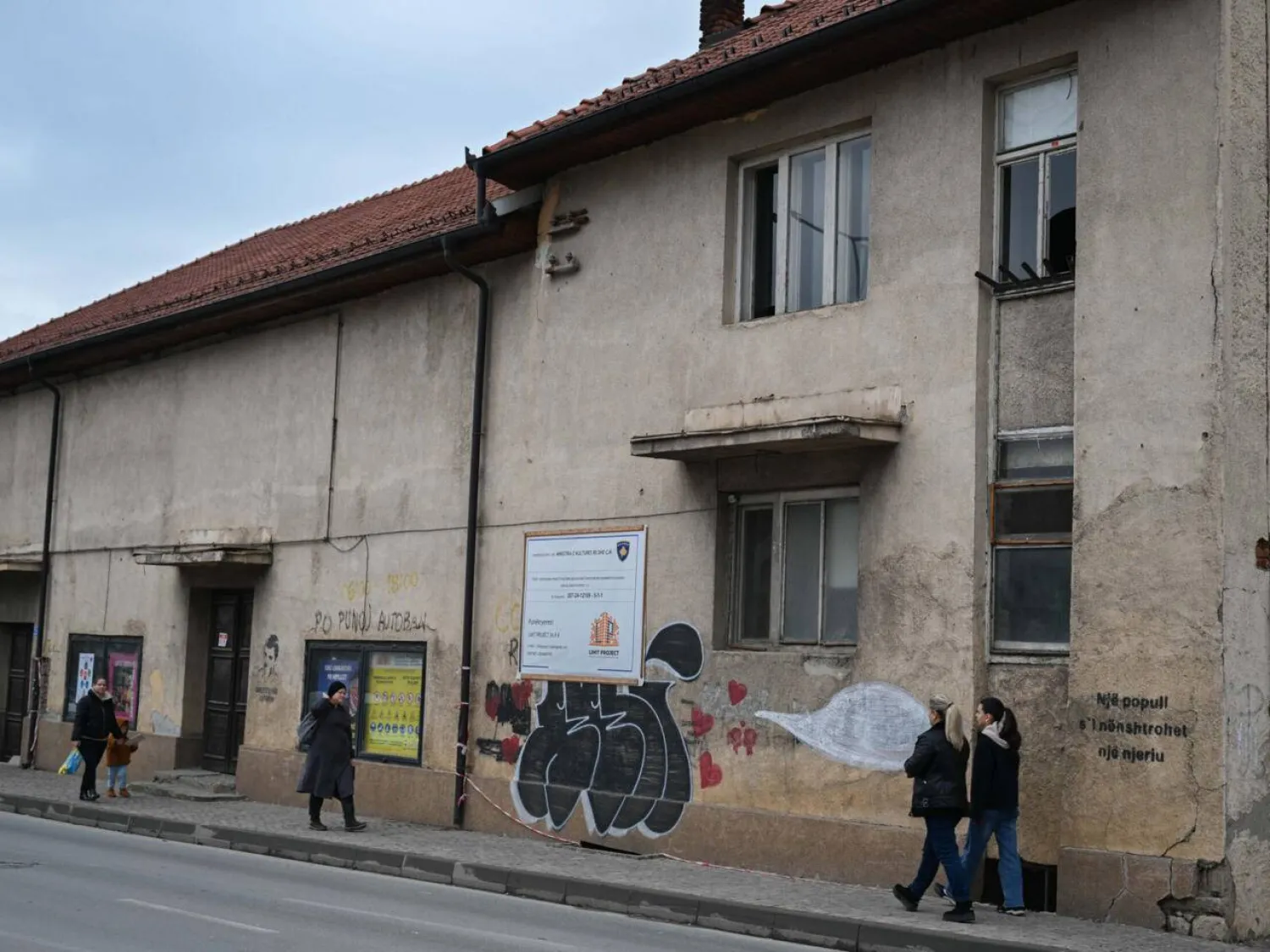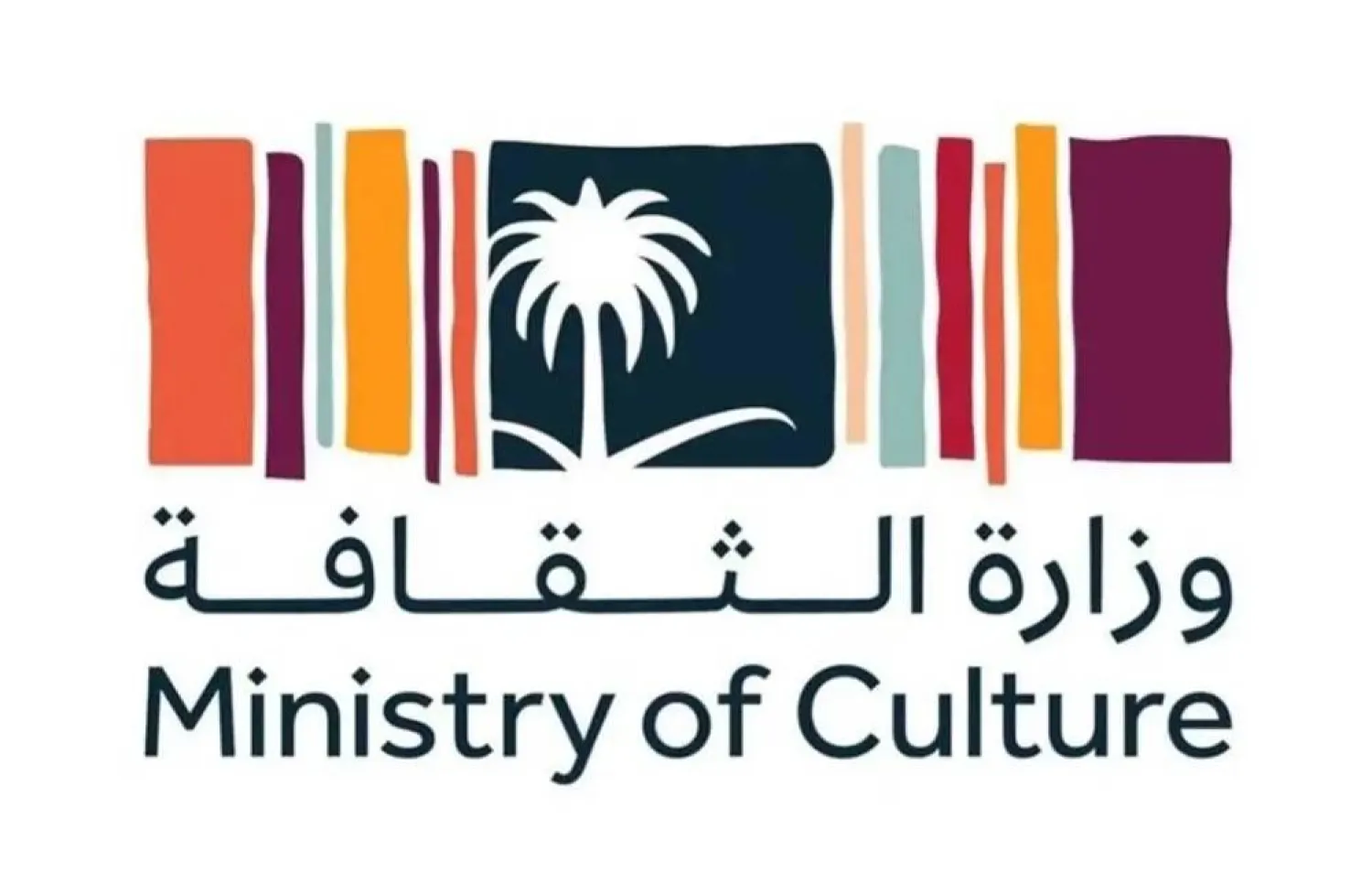Over 500 years after Leonardo da Vinci painted the Mona Lisa, an academic believes she has unraveled the mystery about the backdrop to one of the world's most famous works of art.
Art historians have long debated its landscape, speculating on the locations that could have inspired Leonardo, but the geologist and Italian Renaissance specialist Ann Pizzorusso thinks she has pinpointed it to Lecco in northern Italy.
"When I came to Lecco, I realized he had painted the Mona Lisa here," Pizzorusso said, speaking of the small town on the shores of Lake Como, hitherto best known as the setting of Alessandro Manzoni's masterpiece novel "The Betrothed".
According to the scholar, the arched bridge depicted in the painting would correspond to the 14th-century Ponte Azzone Visconti, even though previous theories had related it to similar structures in other Italian cities, such as Arezzo and Bobbio.
Pizzorusso is not the first person to have claimed to have solved the mystery, but she cites her knowledge of geology to back her claims.
"The bridge to me was not the important aspect of painting," Pizzorusso said. "In the other hypotheses the geology was just incorrect."
The geologist found that rock formations in Lecco were limestone, which matched what is depicted behind the noblewoman.
"When you look at the Mona Lisa, you see this part of the Adda River, and you see another lake behind it, which are perfectly shown underneath these sawtooth mountains," she said from the spot where the scene could have been painted.
Pizzorusso's research on Leonardo "shows perfectly the extent to which the artist and the scientist came together," said Michael Daley, executive director of ArtWatch UK, a nonprofit organization monitoring the conservation of artworks.
"No art historian is qualified to take Ann on in terms of her scientific understanding. The other studies are dead ducks now," he said.









